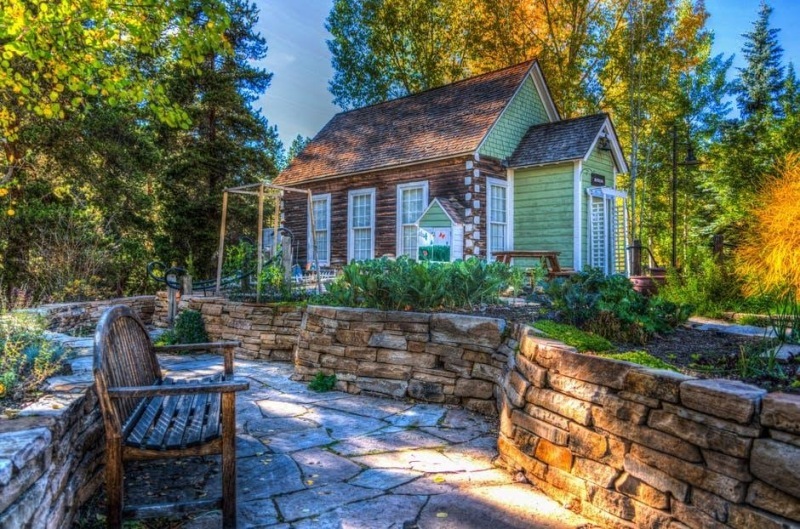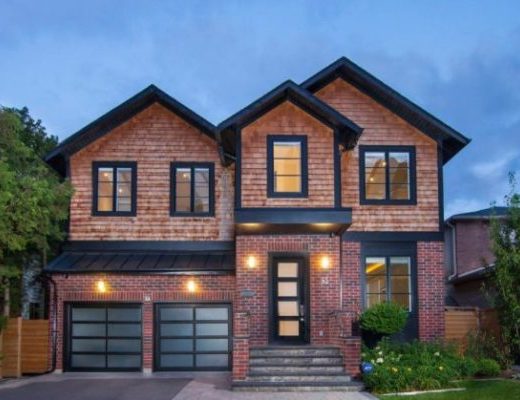At least 87% of homebuyers are looking for a great outdoor space or patio. And if you’re already a homeowner, there’s never been a better time to enjoy your own backyard.
But, if your yard is hilly and has a steep slope, you might not be able to use your entire yard. You’re losing valuable square footage.
So, how can you make the most out of the yard you do have?
Luckily, a retaining wall can help. Read on to learn about the five types of retaining walls and decide which one could work for your home.
1. Gravity
For residential properties, gravity walls are one of the most common retaining wall types. This type of wall supports eroding soil by using its own weight.
You can use stone, cinder blocks, or bricks to create a gravity wall. If you use retaining wall blocks to make a wall that’s only a few feet high, you might not even need mortar or reinforcements. Sometimes you can even do it yourself.
However, some companies like Cherry Oak Landscaping recommend mortared retaining walls because they last longer.
2. Cantilever

A cantilever retaining wall has two parts: the wall and a concrete slab. The two pieces fit together in an L shape, with the slab sitting under the retained dirt. While the slab needs to be concrete, you can choose stone, concrete, or another material for the wall itself.
This is a very strong type of retaining wall, so it’s most useful if you have serious erosion problems.
3. Counterfort
A counterfort wall is very similar to a cantilever wall, but it has one extra component. A counterfort wall is a cantilever wall with added support beams that angle into the supported dirt.
Counterfort walls are even stronger than cantilever walls, which is why they’re not as common in residential landscaping. But, if you live in the mountains or hills, you might need a counterfort wall to terrace your yard or protect your plot from erosion.
4. Anchored
Anchored retaining walls use cables, wires, concrete, or even wood beams to anchor the wall to the earth. The anchor creates tension between the wall and the dirt, which strengthens the wall and supports the soil.
If you’re looking for a budget-friendly option, try a timber wall that uses deadmen anchors and t-bars. For a longer-lasting design, consider a masonry anchored wall.
5. Sheet Piling

Sheet piling retaining walls are very simple and they don’t take up much space. A contractor will drive thin sections of vinyl, metal, or wood into the ground.
You can only do this in soft soil, which is why it’s common along waterfront property. If you have soft soil around your backyard, you
could try using corrugated steel for a unique rustic design.
Which Types of Retaining Walls Are Right for Your Home?
Whether you want to terrace your yard to get more usable space, upgrade your landscaping, or prevent serious erosion, you have several
types of retaining walls to choose from.
To get more home improvement ideas, check out our blog for more information.




